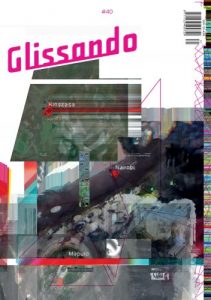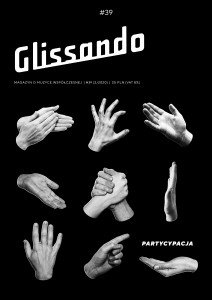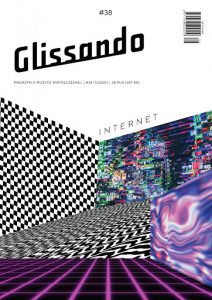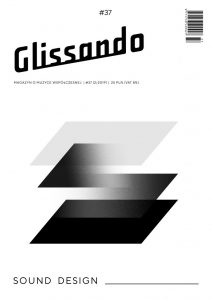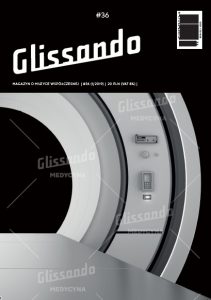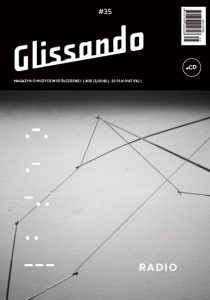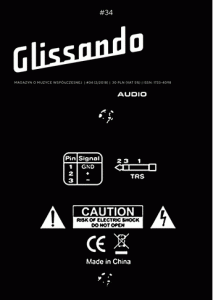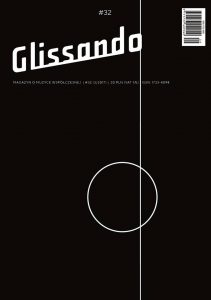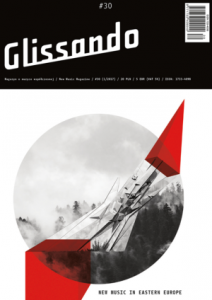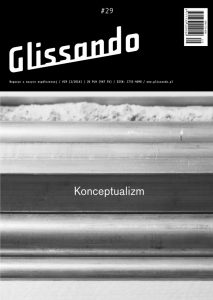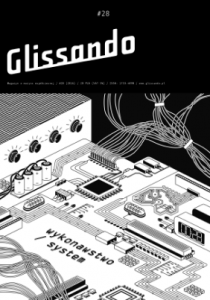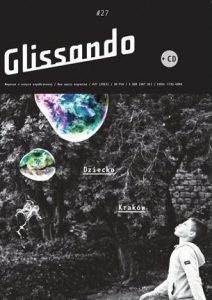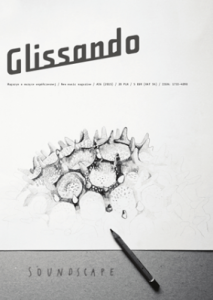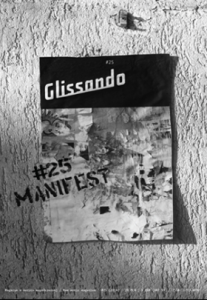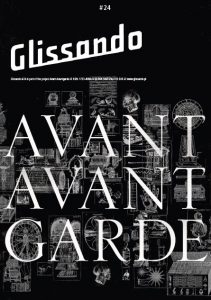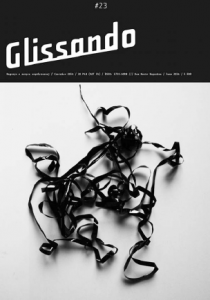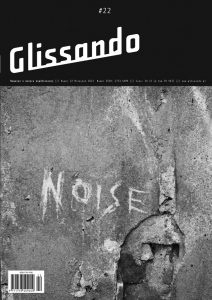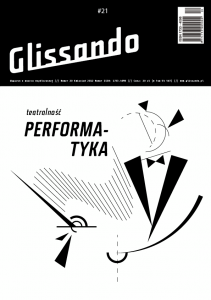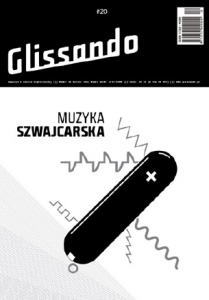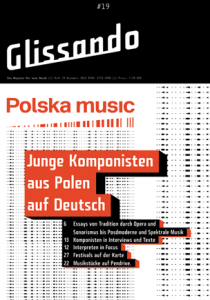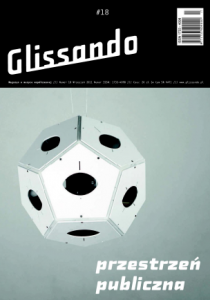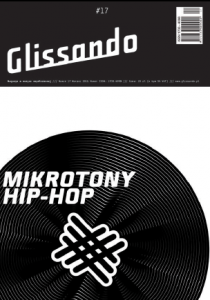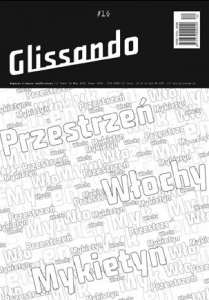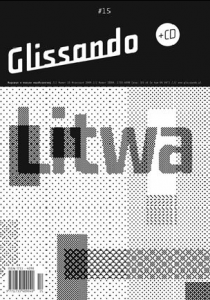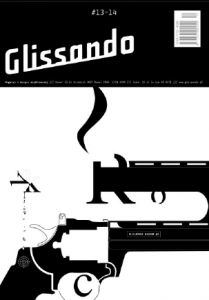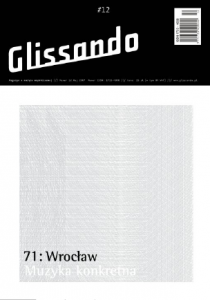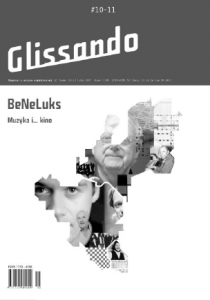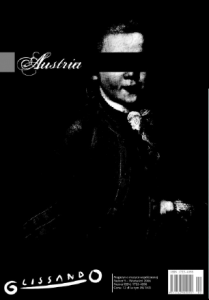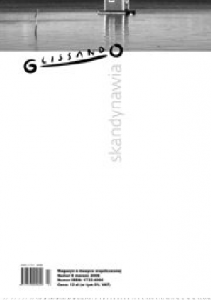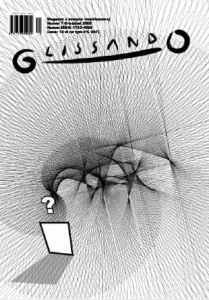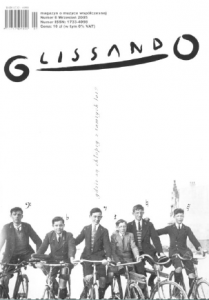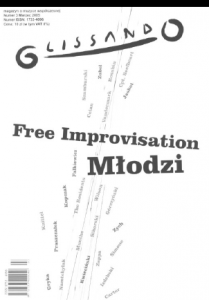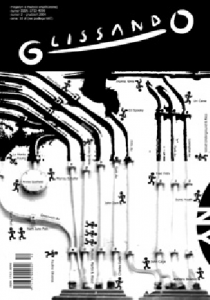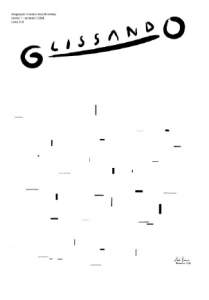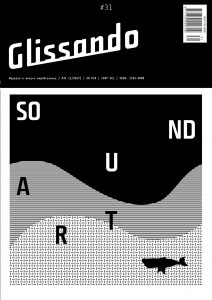
Glissando 31 / 2017 Sound art PL
At the beginning of the 21st century, sound art settled for good in the museums, galleries and universities, as well as residential, grant, and festival programs. At the beginning connected to Fluxus practices and no man’s land between experimental music, conceptual art, and philosophy of culture, sound art took on with time a variety of art forms, such as sound installation and sound sculpture, concrete poetry, algorithmic / acousmatic / soundscape composition, actions in public space, sound architecture, and psychoacoustics. Such artistic practices gave rise to ‘sound studies,’a new branch of humanities, devoted to the nature of sound, its perception, and presence in various artistic, political, and social contexts. If it can be said that music is the art of ordering sounds, then sound art can be conceived of as a domain ofordering our sonic perception and understanding of sound as well as creation of its contexts. From this perspective, sound art can be understood as an area ofexperiment, an exercise in analysis of topics, that can be later classified within sound studies.
The 70-year history of the genre and the development of sound studies may in fact foreshadow the demise of sound art as a discipline of contemporary art, rendering it a thing of the past and a term paper topic. Consequently, particular attention should be paid to those peripheral practices and phenomena, which are interdisciplinary and cross-genre in nature and thus require further research.
Therefore, in the 31st issue of Glissando, we discuss not only the already existing categories, but also possible forms and directions of sound art in the future. From the perspective of the history of arts, we search for the forerunners of sound art, the sound artists avant la lettre. Moreover, we examine the evolution of language used to describe sounds and concepts, and the impact of language on listening strategies. Finally, we explore sound practices within different frameworks: institutional, political, technological, and environmental (visual arts, music universities, gender, and language).




